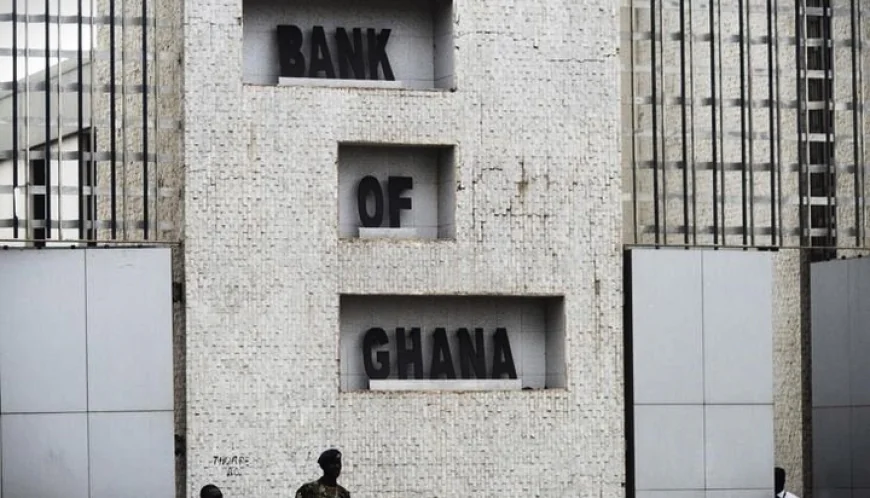Cedi Exchange Rates Update: Bank of Ghana Releases August 28 Interbank Figures
The Bank of Ghana (BoG) has released its latest interbank foreign exchange rates for Thursday, August 28, 2025, offering a snapshot of the Ghanaian cedi’s performance against major global currencies amid ongoing macroeconomic adjustments.
The Bank of Ghana (BoG) has released its latest interbank foreign exchange rates for Thursday, August 28, 2025, offering a snapshot of the Ghanaian cedi’s performance against major global currencies amid ongoing macroeconomic adjustments.
USD/GHS: Dollar Holds Steady on Interbank Market
Buying rate: GHS 11.04
Selling rate: GHS 11.06
Mid-rate: GHS 11.05
While the cedi has shown signs of depreciation at forex bureaus—where the dollar is selling at GHS 12.50—the interbank market remains relatively stable, reflecting tighter monetary controls and BoG’s intervention strategy.
GBP/GHS: Pound Sterling Edges Higher
Buying rate: GHS 14.87
Selling rate: GHS 14.89
Mid-rate: GHS 14.88
The pound continues to trade above GHS 15.40 at retail forex outlets, indicating a widening spread between official and street-level rates.
EUR/GHS: Euro Shows Modest Strength
Buying rate: GHS 12.81
Selling rate: GHS 12.83
Mid-rate: GHS 12.82
Forex bureaus are quoting the euro at GHS 13.34, while remittance platforms like LemFi and Afriex are offering rates between GHS 12.81–12.87, depending on the corridor.
For online transactions via Visa and Mastercard, exchange rates range between GHS 12.04 and GHS 12.20, affecting subscriptions to platforms like Netflix, Spotify, and Apple Music.
Remittance platforms are offering:
USD: GHS 11.00–11.15
GBP: GHS 14.96–15.10
EUR: GHS 12.81–12.87
The BoG has recently reiterated its stance against dollar pricing for domestic goods and services, warning institutions and individuals to comply with the Foreign Exchange Act, 2006 (Act 723). Only expatriates and non-residents are permitted to transact in foreign currency under strict conditions.
Despite a reported 42% appreciation of the cedi in the first half of 2025, recent trends suggest renewed pressure from import demand, external debt servicing, and speculative activity. The BoG’s daily reference rates remain a critical benchmark for licensed financial institutions and commercial transactions.




